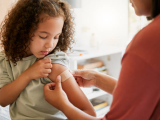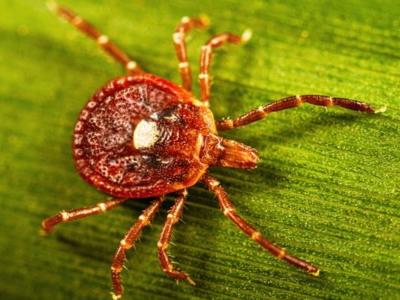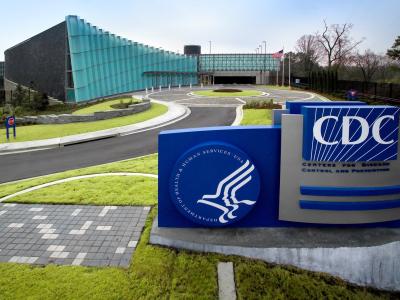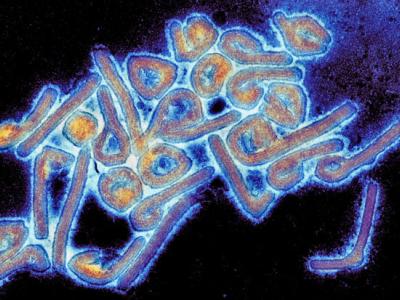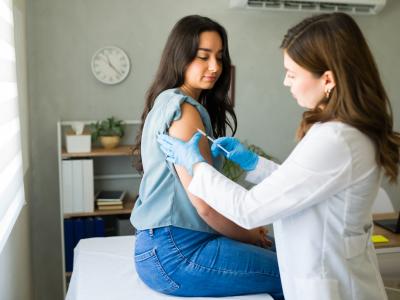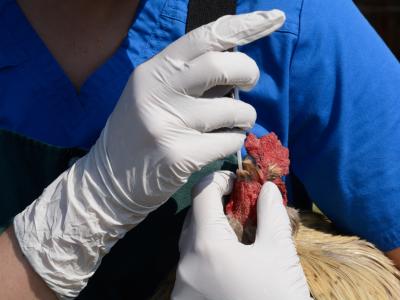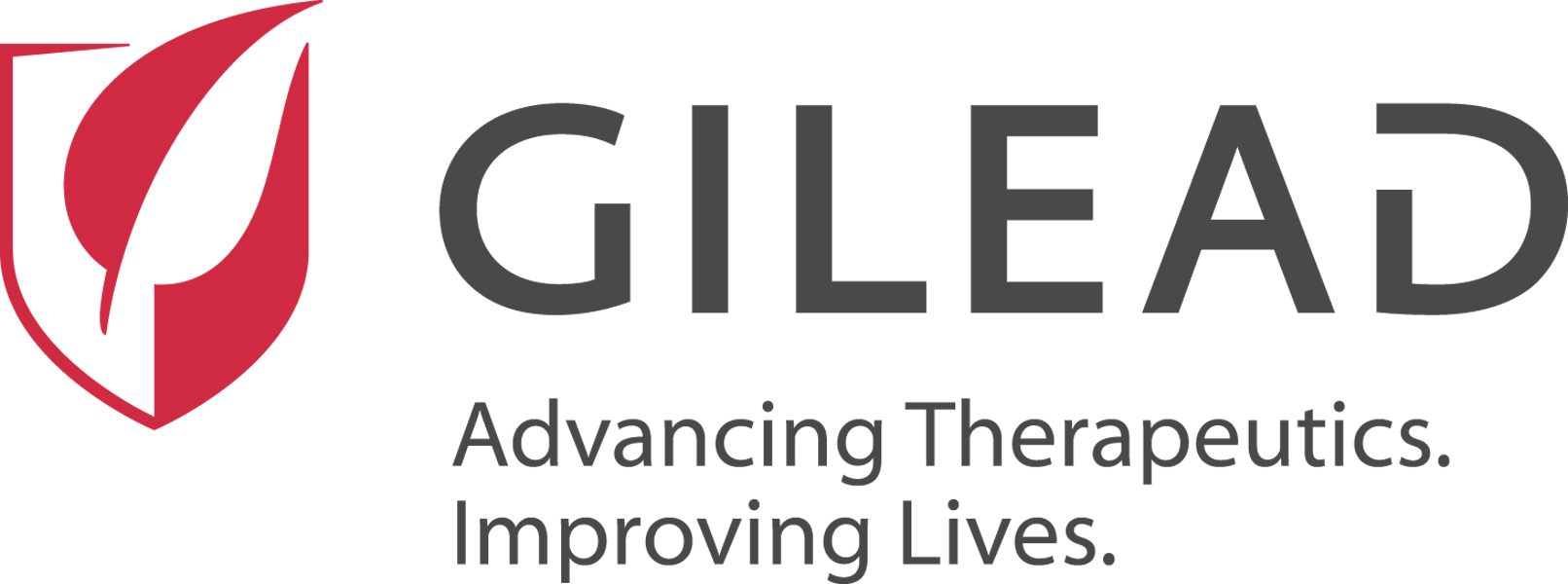The IVR highlights critical research needs and challenges in six topic areas: virology; immunology; vaccinology for seasonal vaccines; vaccinology for broadly protective or universal vaccines; animal models and controlled human influenza virus infection models; and policy, financing, and regulation.
Each year, CIDRAP compiles and curates reports summarizing research progress for each IVR goal and milestone, holds a meeting to share updates, gathers input and guidance, and uses the feedback to refine the goals and milestones.
The project website offers an open-access database of novel vaccine candidates in preclinical studies and clinical trials, a newly launched R&D progress tracker, a funding tracker dashboard, a media library, publications, and other resources.
"The recent avian flu outbreaks serve as a stark reminder of the critical need for vaccines that can prevent a global pandemic from new influenza viruses," Eve Lackritz, MD, CIDRAP deputy director of science and policy, who oversees the project. "The IVR brought together the world's leading experts to forge a comprehensive and coordinated strategy to accelerate vaccine development for pandemic and seasonal influenza viruses."
'A large and complex process'
As part of the IVR's 3-year monitoring, evaluation, and adjustment program, the authors report that of mid-May 2025, 17% of the 93 milestones had been accomplished or partially accomplished, with 72% in progress. Of the 35 high-priority goals, 14% had been accomplished or partially accomplished, 83% are in progress, and work hasn't been started on only one (3%).
"Development of improved influenza vaccines is a large and complex process," Lackritz said. "The IVR Progress Tracker compiles data that demonstrates where important progress has been made, and what still needs to be done to cross the finish line. The time to act is now so we are prepared to act when the next new virus emerges."
Thus far, the IVR Initiative has demonstrated progress in these key areas:
- Established cohort studies to describe immune responses to influenza virus infection and vaccination by age over time and by vaccine product
- Created a comprehensive array of innovative flu vaccine technologies now in preclinical and clinical development
- Advanced next-generation and broadly protective flu vaccine candidates into clinical trials
- Identified important advancements in COVID-19 vaccine development that can be applied to influenza vaccine R&D.
- Development of a full value improved influenza vaccine assessment (FVIVA) initiated to evaluate the health, social, and economic effects of next-generation flu vaccines, inform investment, and facilitate vaccine uptake
The IVR Initiative also identified several barriers to be overcome:
- Clarifying immune mechanisms for producing broadly protective and durable immunity
- Improving the understanding of immune imprinting and the role of mucosal immunity in preventing infection and transmission
- Identifying correlates of protection
- Exploring regulatory options for universal flu vaccine licensure
Improving vaccine equity and access
While today's seasonal flu vaccines are effective in reducing the number and severity of influenza infections, they aren't perfect. According to US Centers for Disease Control and Prevention data, the overall effectiveness of flu vaccines in the past 15 respiratory virus seasons has ranged from 19% to 60%.
As scientists work to achieve the ultimate goal of developing broadly protective and durable influenza vaccines, they are also working on making seasonal vaccines more effective with the technologies available today—progress that will help pave the way to a universal product that could head off an emerging pandemic virus right from the start.
Amid continued outbreaks of H5N1 avian flu in poultry, dairy cows, and other mammals around the world, the risk of an influenza pandemic is omnipresent. "Availability of broadly protective influenza vaccines at the outset of a pandemic would provide immediate and ongoing measures for protection as new variants emerge, thereby saving countless lives and reducing socioeconomic and healthcare-system impacts," the authors wrote in Vaccine.
"Furthermore, broadly protective and durable vaccines that protect against a wider range of influenza viruses would benefit seasonal influenza vaccination programs, potentially obviating the need for annual revaccinations, reducing costs of immunization, expanding global vaccine demand, and improving vaccine equity and access," they added.








